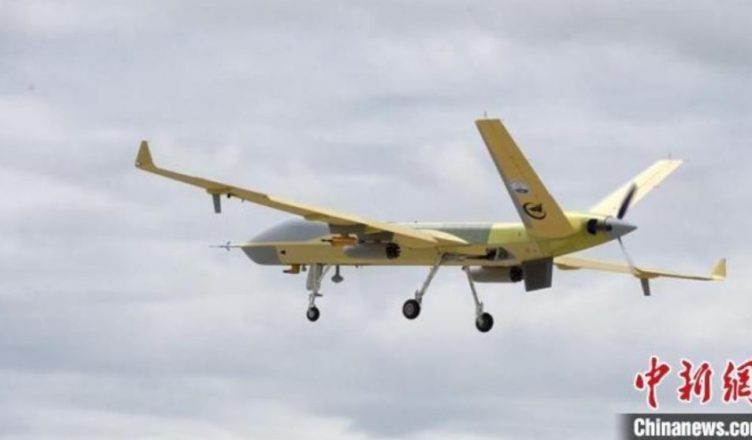With China’s water supply rapidly deteriorating to catastrophic levels – something which could have profound effects on the global food, energy and materials markets – officials in the southwestern province of Sichuan have deployed two giant cloud-seeding drones in the hopes of turning around a dire situation which is now affecting hydropower production.
The Wing Loong-2H UAVs are deploying silver iodide flame bars during four-hour flights to create “artificial rain.”
The move comes as almost half the country is suffering from a record heatwave, according to its National Climate Center – has has affected Sichuan province’s ability to deliver hydropower to cities like Jiangsu and Shanghi, located more than 1,000 miles away, Insider reports.
To improve the situation, the two drones deployed on Thursday will eventually cover an area in Sichuan spanning 2,317 square miles, according to state-owned CCTV. The cloud seeding operation will be carried out until Monday.
Communist Party-owned People’s Daily also reported the news.
China on Thursday used its self-developed Wing Loong-2H UAV to assist fight against drought in SW China’s Sichuan. The drone ignited 20 silver iodide flame bars.
Since the beginning of the month, hydropower plants in Sichuan have been forced to operate below 50% of normal capacity, leading to power cuts in the province and forcing companies like Toyota and Apple supplier Foxconn to suspend operations, according to Caixin news.
In some instances, groundwater levels have gotten so low that underground aquifers have collapsed – triggering a phenomenon called Land Subsidence, which can cause the ground to cave in over large areas, which in some case renders the aquifer unusable in the future.
The drought has also damaged crops and threatened the fall harvest, forcing China to compete for exports in an already-inflated market. As we noted earlier this week, 60% of China’s wheat, 45% of its corn, 35% of its cotton and 64% of its peanuts come from the at-risk North China Plain – where, in the example of wheat, their annual production of more than 80 million tons is on par with Russia’s annual output, while their 125 million tons of corn is nearly 3x Ukraine’s prewar production.

In order to sustain these harvests, water is being pumped to farms faster than nature can replenish it. According to satellite data, between 2003 and 2010, Northern China lost as much groundwater as Beijing consumes annually – leaving farmers struggling to find new sources.
source : Tyler Durden



